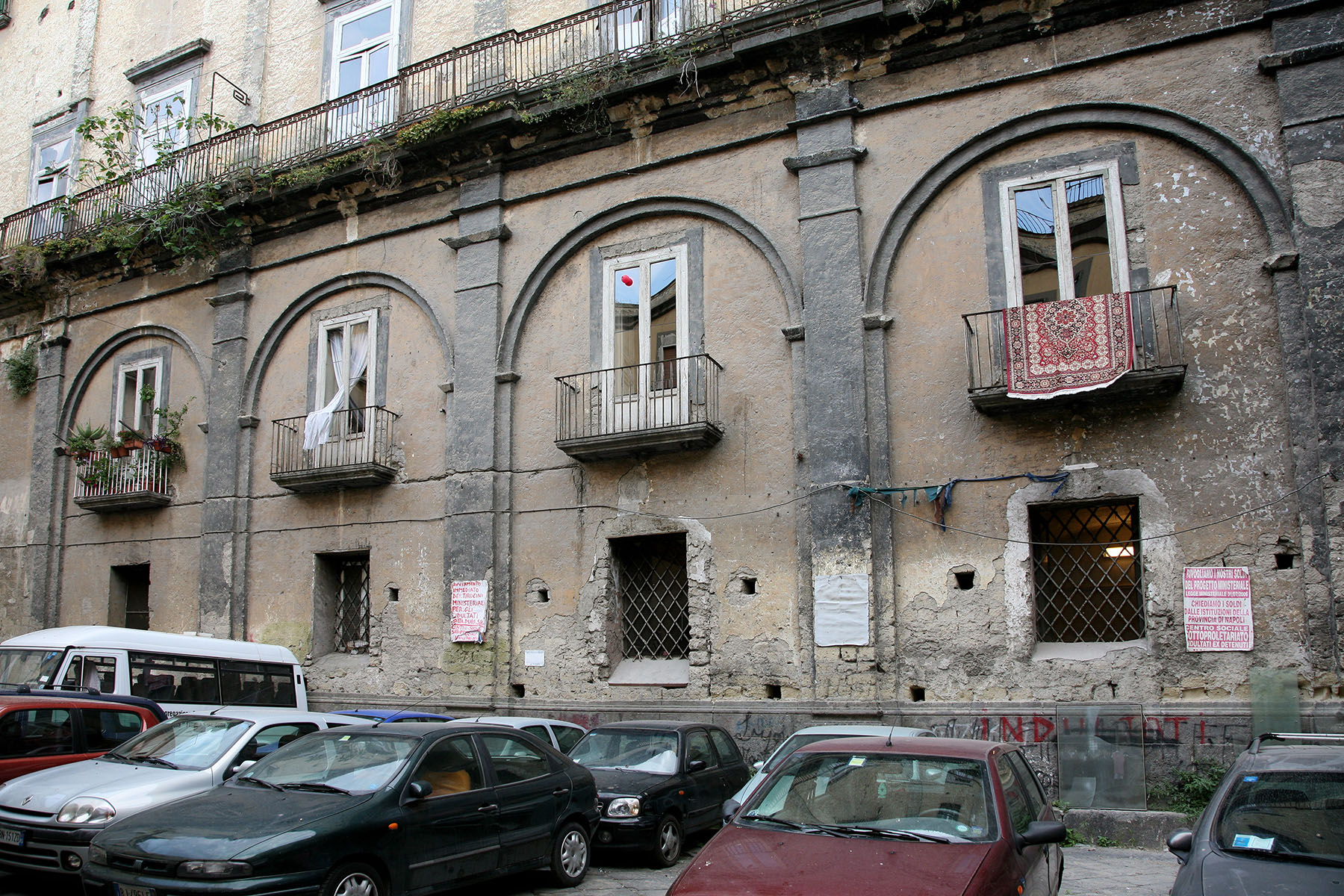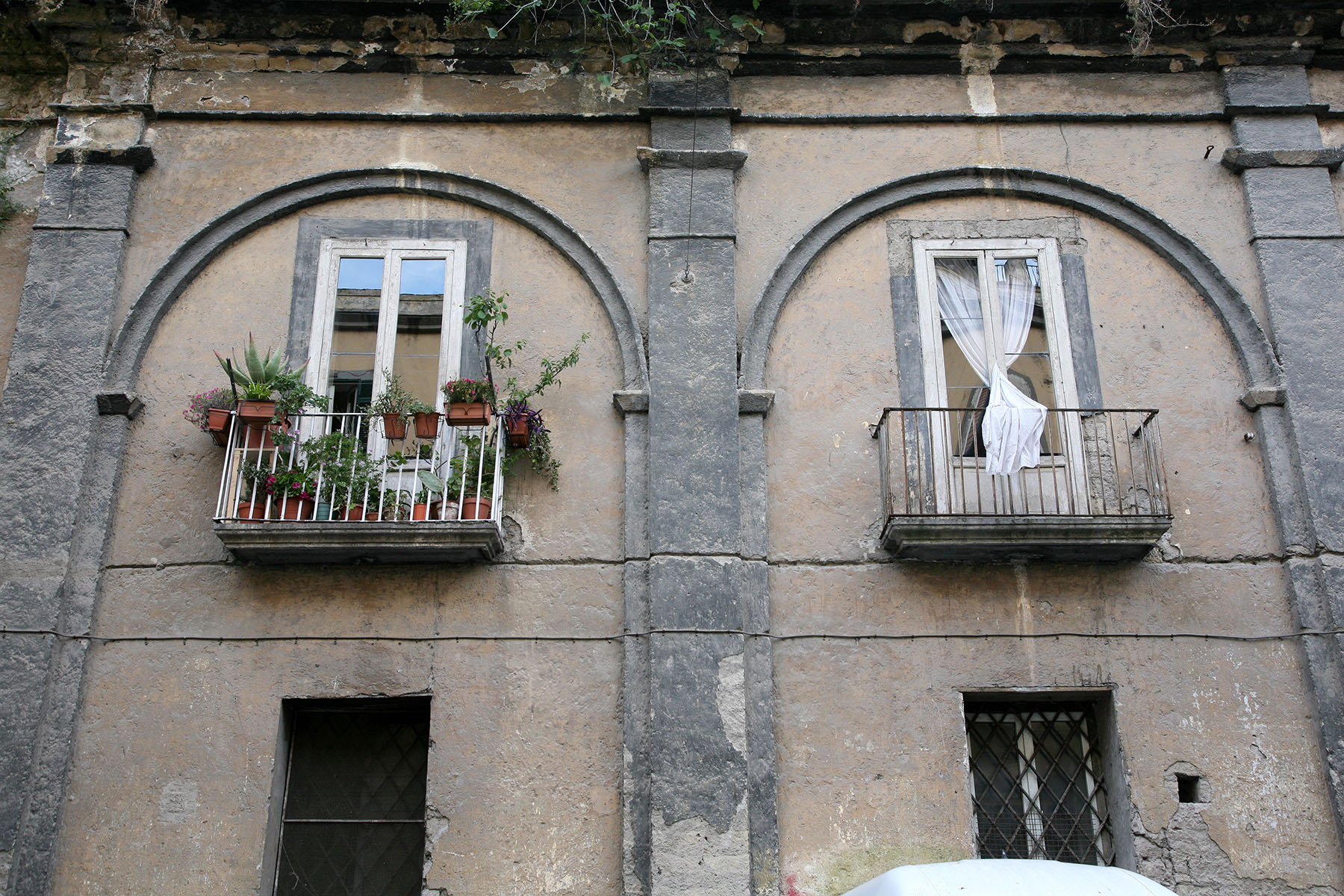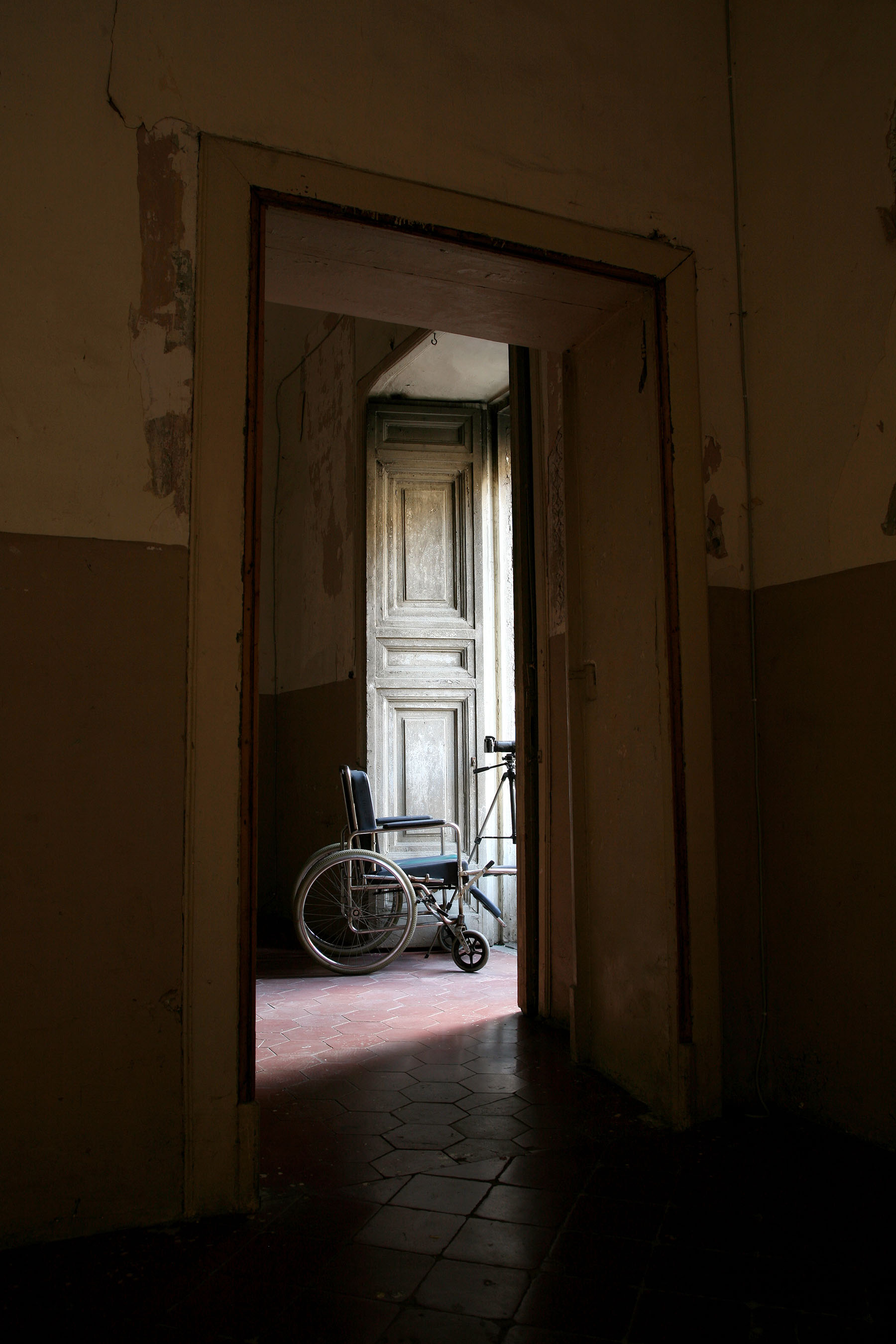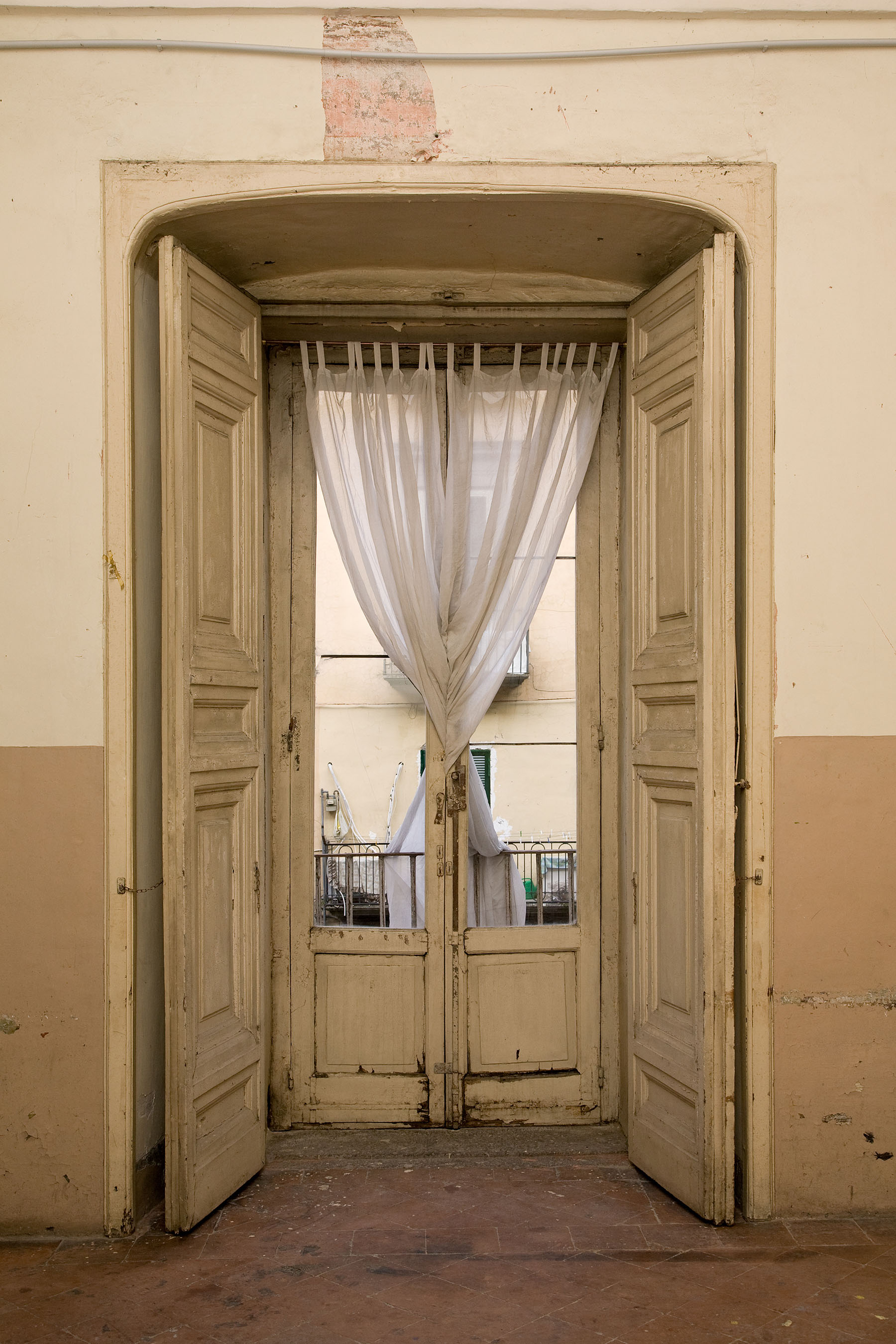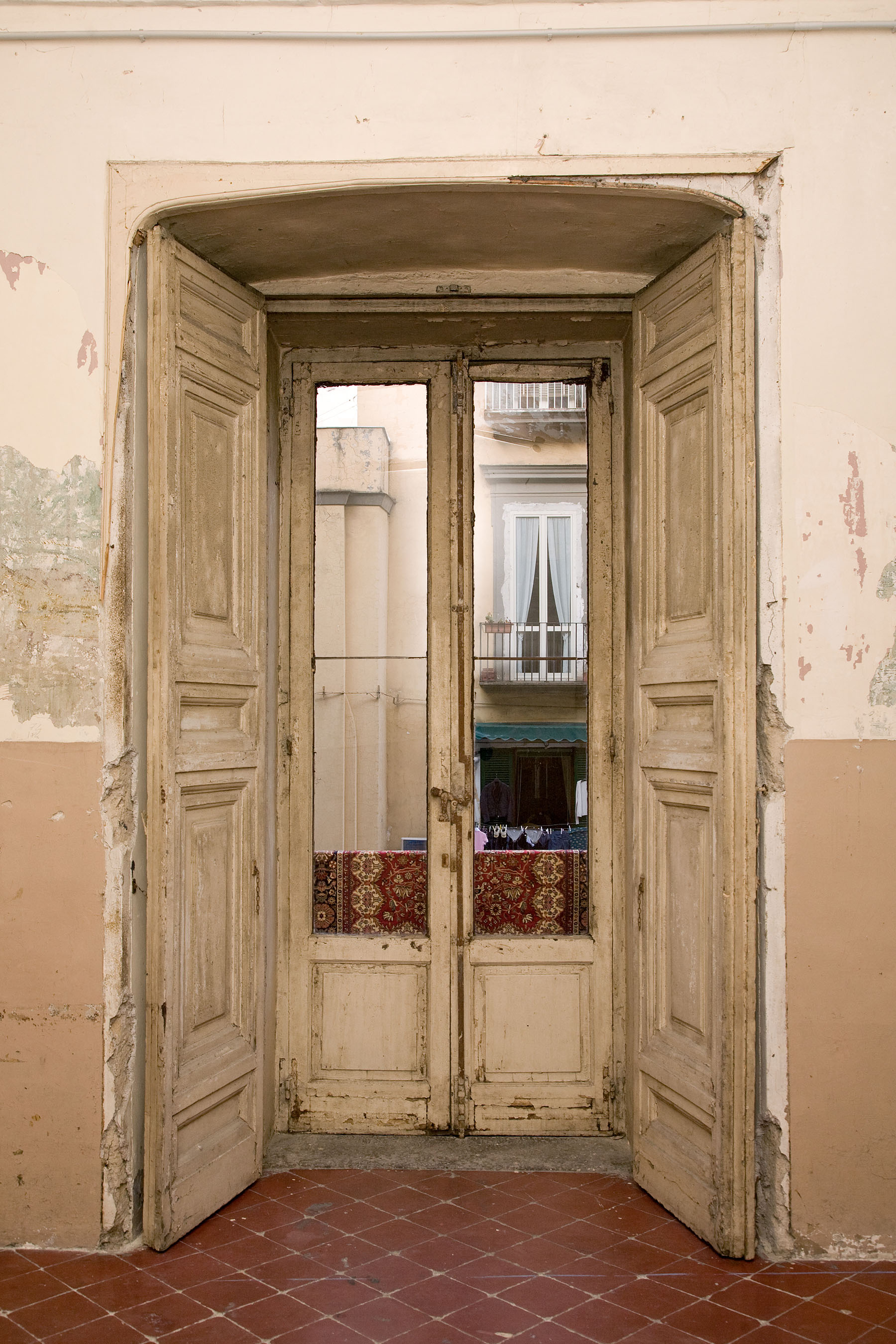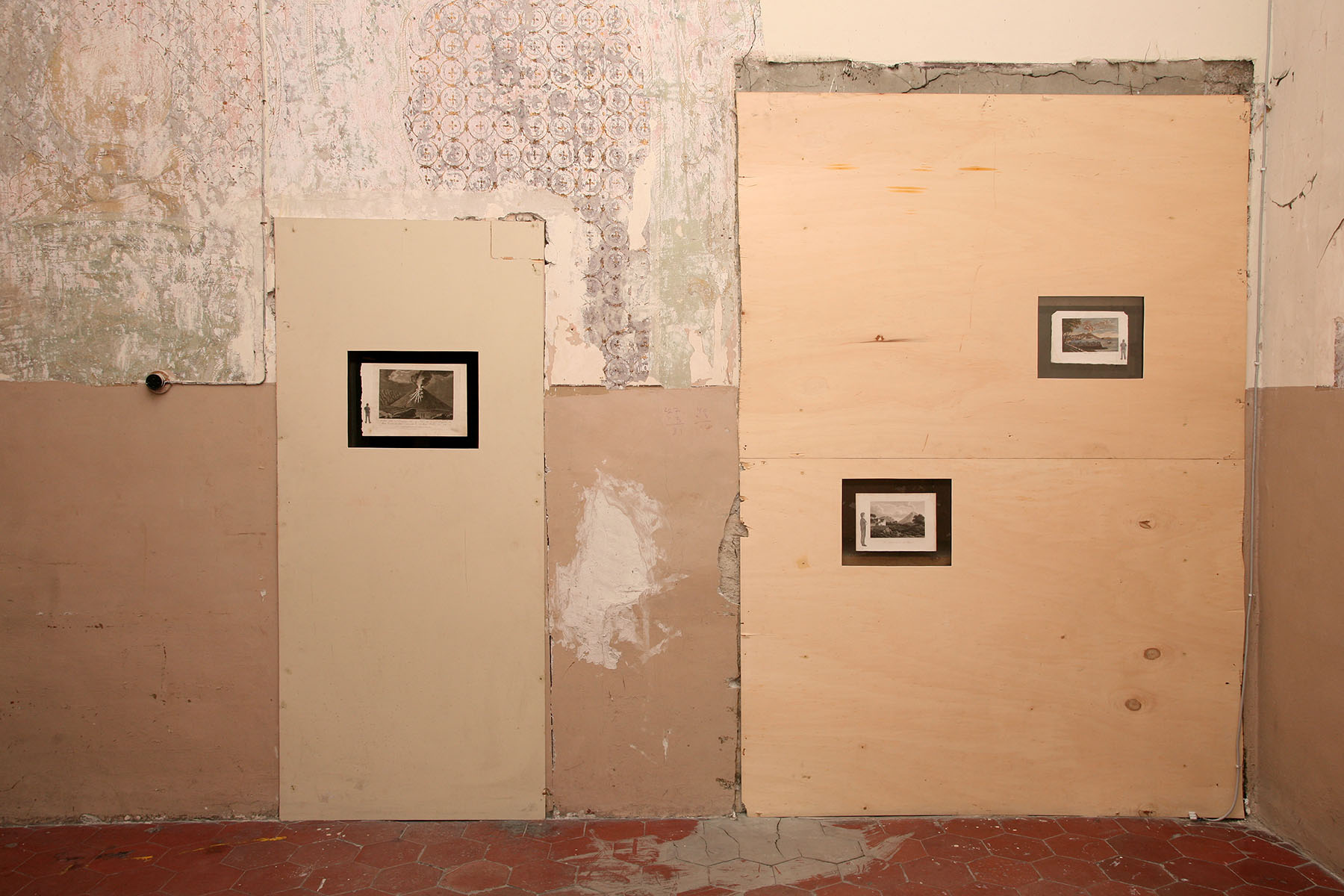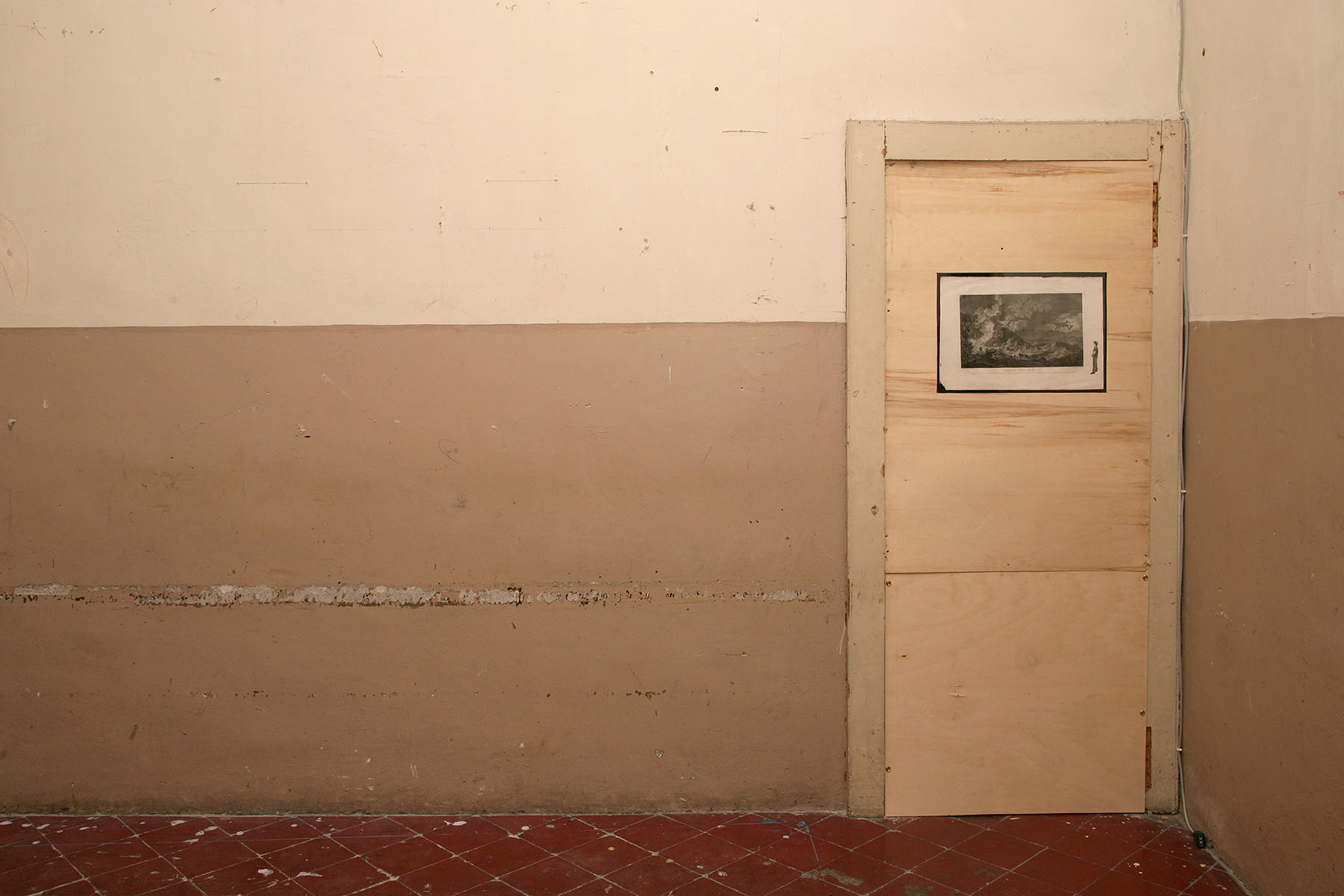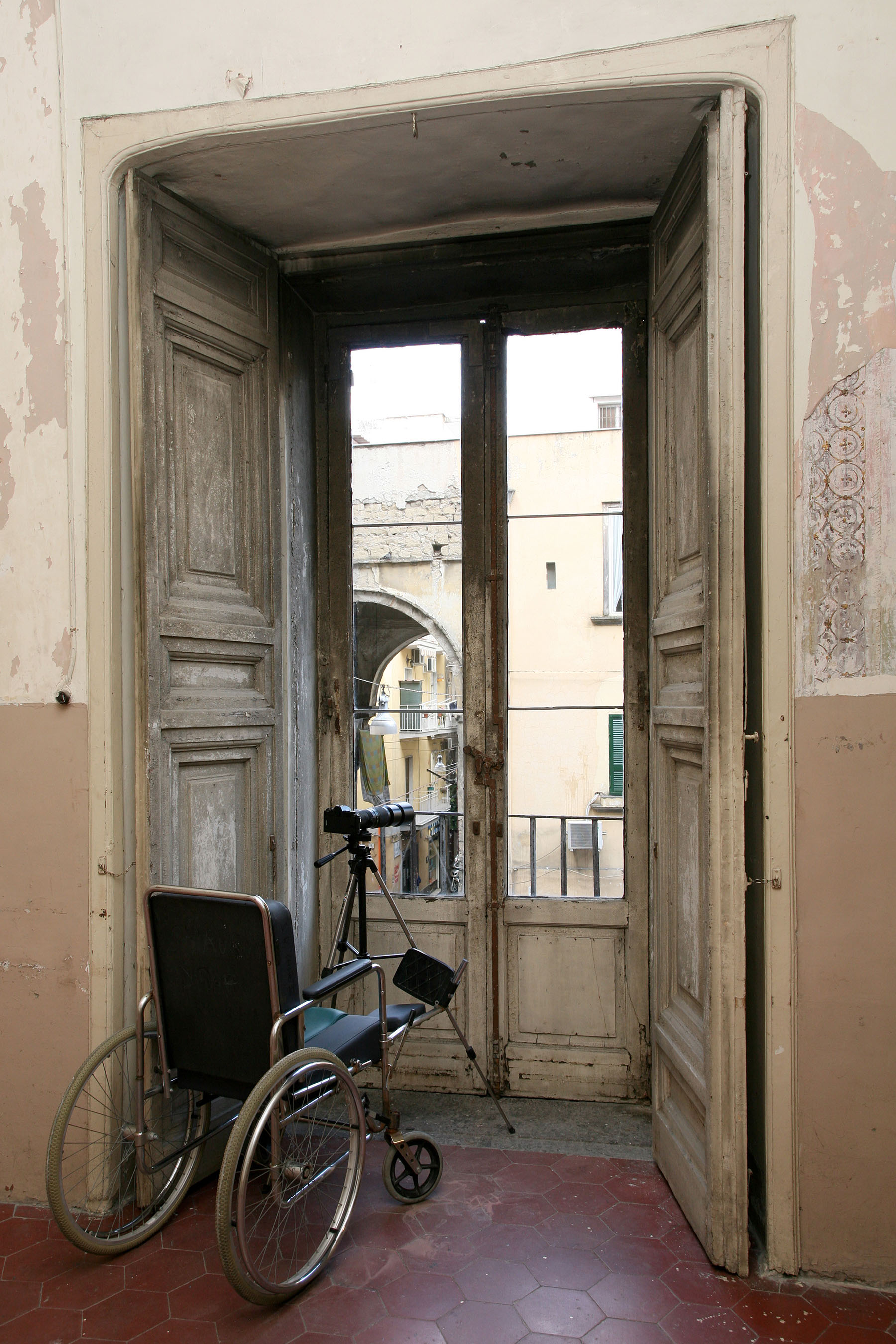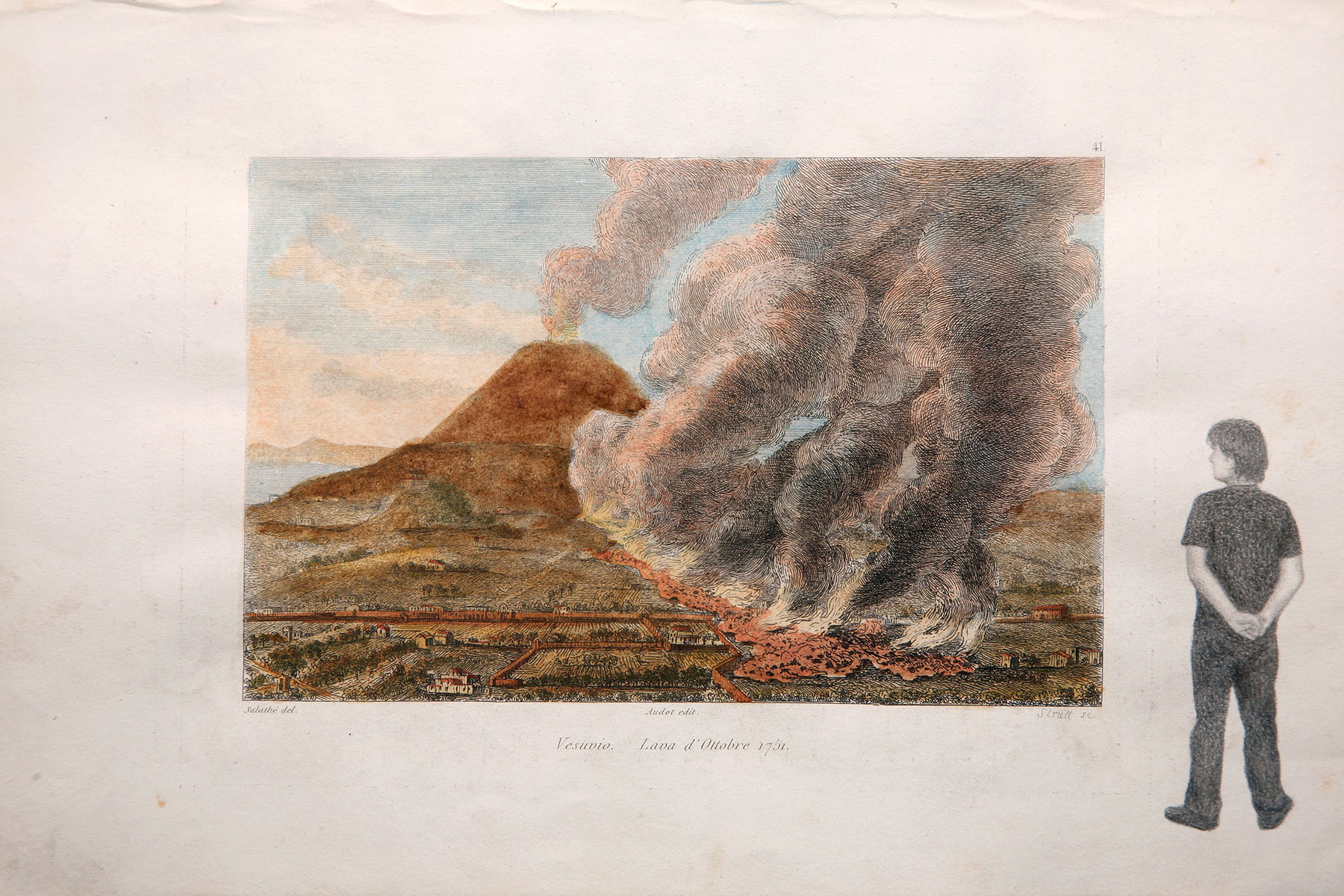13.05.2010 \\ 08.10.2010
On Thursday, 13th May 2010, at 7:00 pm, Fondazione Morra Greco will open the exhibition Moda / Museum Of Deposition Art / by Robert Kusmirowski and Glimpse by Roman Ondak.
Staging temporary situations and imaginative constructions that blend in with their surroundings, Roman Ondak’s work questions the viewer’s perception and consciousness of social codes, communication patterns and personal behaviors. As is often the case in his work, this exhibition becomes a performance and a staging area where different temporalities intersect and where individual experience mingles with social exchanges. The exhibition space thus becomes the receptacle of human experience that questions representation and interpretation, reality and its staging.
Using different modes of replication, repetition, displacement, relocation and enactment, Roman Ondak’s solo exhibition at Fondazione Morra Greco, entitled Glimpse, includes one series of drawings and five installations specifically conceived or displayed in relation to the building and the surroundings of the Foundation, and especially to the balconies or balcony doors located on the first floor of the palazzo.
As its title suggests, the piece Rear Window (2010), resembles the situation of Alfred Hitchcock’s cult movie. A wheelchair and a camera on a tripod with its long lens pointing in the direction of the apartment across the courtyard are standing in front of the first balcony door of the Foundation. As in the movie, it looks as if a wheelchair bound photographer spying on his neighbors from his apartment window has just left the place, allowing us to witness the whole scene in his absence. In Hitchcock’s movie, the man in the wheelchair becomes convinced that one of his neighbors has committed a murder. Looking in the direction indicated by the camera lens to the apartment on the other side of the courtyard, the viewer becomes, together with the fictional figure of the photographer, the co-witness of a potential fictional event happening inside the observed apartment.
In Occupied Balcony (2002), a Persian carpet lies over the railing of the second balcony, as if it was exposed there to air in order to refresh from the palazzo interior. This situation is absurd when seen from both inside or outside. Being there on a balcony on a permanent display, it recalls a flag rather than a carpet: a flag demonstrating the carpet’s asian cultural origin imported to this cultural territory centuries ago.
Breath on Both Sides (2009), is a subtle intervention into the architectural conditions of the building, consisting of a red balloon blown by the artist through the hole of the third balcony door’s glass pane, in such a way that one half of the balloon stays outside and the other half inside.
Catch (2010), is formed by a single curtain caught between two wings of the fourth balcony’s door, as if this situation was caused by a breeze having blown the curtain outside of the exhibition interior and shut the door by force.
The oldest work in the exhibition, called Double (2001), is located on the last balcony, facing an opposite one full of plants in various pots. This situation is meticulously copied on the palazzo’s balcony, creating a double of the neighbor’s and making it lose its uniqueness.
Giving its name to the exhibition, the drawing series Glimpse (2010), compiles sixteen found old prints, each depicting the same historic event happening repeatedly in the Gulf of Naples: the eruption of the Vesuvius volcano. Having always attracted people’s attention in the past, the prints often depict small groups of people watching the scene of the eruption. Roman Ondak used the prints as ready-mades and drew himself into each print, becoming a posteriori one of the observers of the Vesuvius eruption.
Immersing perception solidly within the specific social, cultural and historical contexts of the city of Naples and of the Fondazione Morra Greco, Roman Ondak’s works operate simultaneously with and against our expectations of what happens in a space where art is usually displayed, and draws attention to what we notice and what we overlook when we interact with it.
All images Courtesy Fondazione Morra Greco, Napoli
© Danilo Donzelli

